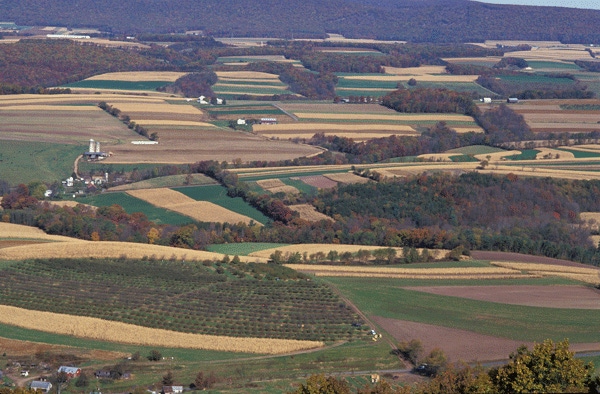April 8, 2011

Life can be a little slower in rural America. That’s why many people love living there.
Some rural residents don’t like their slow, dial-up Internet service, though. In too many communities, there just isn’t enough bandwidth to download a typical file without the connection “timing out.”
A new Commerce Department survey shows that in 2010 only 60 percent of rural households had high-speed, broadband Internet service. According to the survey, most non-adopters say they don’t need high-speed Internet, or it’s too expensive. That’s a big part of the problem. As long as people aren’t willing to pay for the service, the cost-benefit isn’t there for telecom companies to build the infrastructure to extend it to far-flung locations.
Sixty percent doesn’t seem that bad until you turn it around: 40 percent of rural Americans can’t take online college courses or start an Internet-based business. Want to apply for a job? Today, most companies post openings and take applications via the Web.
It’s a cliché, when one is trying to make something seem important, to say, “Think of the children.” But seriously, think of the children. Urban and suburban schools are using interactive, online textbooks, educational videos on SchoolTube and other Web-based resources. Students research full-text articles from online libraries and databases to write term papers. Kids who don’t use these resources will be at an educational disadvantage today and at a serious disadvantage when competing for scholarships and jobs later. Rural kids shouldn’t be stuck in the slow lane.
Moving is not the answer
“So, move,” some urban residents say. “You choose to live in the sticks. The government isn’t helping me with life in the city.” Not true: there would be hardly a mass transit system, freeway or wastewater treatment facility in America if it was not for government investment.
Also, where does the urban resident think his food is going to come from if someone does not live and farm in rural America? Farmers and ranchers need access to 21st century health care through telemedicine. Their communities need jobs that only come if they have the infrastructure needed to attract employers.
They also need to be part of our democracy. If you don’t have high-speed Internet, you are less likely to know what’s going on and take part in it. A growing number of farmers and ranchers already know this. They are taking to the information highway — posting YouTube videos, blogging and tweeting — to let the non-farming public know about how they grow America’s food and care for animals and the land.
Some say the government shouldn’t be concerned with whether people can access the Internet. Perhaps they are forgetting that extending electricity, roads and phone service to everyone also were national efforts.
Programs that are mapping the underserved areas of our country and providing incentives for telecommunications companies to extend service need to continue. When we all put our hands on the plow, we can cultivate opportunities and harvest economic growth for urban and rural residents alike.
Is the next big innovation sparking in the mind of a youngster in a small town like Granger, Wyo., Union, Miss., or Farmington, Maine? There’s one way to find out.
EDITOR’S NOTE — Lynne Finnerty is the editor of FBNews, the official newspaper of the American Farm Bureau Federation.
You May Also Like




